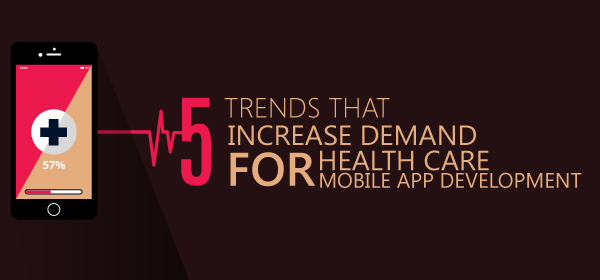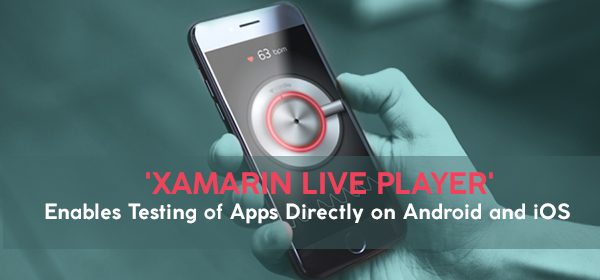The ability of mobile phones to transmit important information anytime, anywhere is leading to its increasing use in the medical world.
Apps can track the state of our health and notify users if something does not go according to plan. Data from these apps also allows doctors to refer medical history of their patients and to provide any advice or feedback urgently.
On the whole, apps seem quite useful for the healthcare industry. But what are the key trends driving the demand for mobile apps in healthcare?
Let’s take a look.
Electronic Medical Records
These can help in obtaining information online. Medical records are saved electronically rather than on paper.
If a paper or a file is misplaced, then information about a patient’s health will be lost. Lack of proper medical history and data results in poor treatment and wrong diagnosis. Mobile apps on the other hand, are part of a larger healthcare management system, allowing data to be stored securely doctors and patients to review every small detail required for correct treatment.
Exchange of data without any loss between medical centres
The ability of software to exchange and to make use of data or information is also called as interoperability. The lack of interoperability between doctors, medical centres and hospitals is compromising patient safety and health.
Healthcare mobile app development will make it possible for doctor’s clinics, specialists and hospitals have access to real-time patient information. It avoids the loss of information or data while transferring.
E-visit
An E-visit can replace many in-office patient appointments.
E-visit or electronic interactions between patient and physician or doctor through email, text, phone and video conferencing has created demand for app.
Video conferencing allows doctors and patient to conduct meeting personally without going to the doctor’s clinic or hospital. This will also reduce costs and in-office appointments for simple tasks like prescription renewal and medicine change.
E-visits can save a lot of time for doctors and allows them to spend time on serious patients’ issues.
Mobile health or m-health
Mobile health or m-health is new trend helps in practising medicine and improve people’s health supported by mobile devices.
There are different apps are used for different type of requirements.
• It involves chronic care management like managing blood pressure, diabetes, cancer, mental health and other illness.
• People can generate alerts that serve medical reference for patients and doctors.
• Nutrition apps, health tracking, fitness and weight loss apps.
• Women’s health apps include pregnancy, breastfeeding and other.
• Medication management apps help to keep track of taking medication
• Personal health record apps, to store medical conditions data, allergies etc.
Mobile app can be used to satisfy several needs in healthcare:
• Diagnosis and treatment support
• Disease tracking
• Remote data collection
• Education and awareness
• Helpline
• Communication and training
• Disease tracking
• Remote monitoring
Automated inventory management systems
Mobile solutions implemented in hospitals and pharmacies enable them to manage their inventory easily and with real-time access to inventory data and orders. It helps in meeting variation in product demand.
The increased use of devices makes data more susceptible to hackers. Hence there is the need to protect the data. Any app should protect the privacy of individual’s health information. Mobile apps should meet the rules and regulations of privacy maintenance.
These are five trends responsible for demand of mobile app development in the healthcare industry. If you know of other trends that has boosted healthcare mobile apps, please share below in the comment section.






![10 Best App Creation Tools [Infographics]](https://wp.redbytes.in/wp-content/uploads/2017/05/10-Best-App-Creation-Tools-1.jpg)



